Disclosure: This article contains affiliate links. We may earn a commission from purchases at no extra cost to you, which helps our travel content.
Standing before the 700-year-old Sonjuk Bridge, I run my calloused fingers along the weathered stone, feeling the subtle chisel marks left by craftsmen centuries ago. The green jade structure spans modestly across what was once a flowing stream, now reduced to a trickle. This isn't just any bridge – it's where a loyal 14th-century Korean official was assassinated, his blood supposedly turning nearby bamboo red forever. As a builder who's restored historical structures across two continents, I've developed an eye for the stories hidden in joints, materials, and construction techniques. But Kaesong – North Korea's ancient capital and UNESCO treasure trove – presents a rare opportunity to examine Korean architectural heritage largely untouched by modernization. Ka pai (how wonderful) to finally witness these sites after years on my bucket list, navigating the complex permissions and guided-only access that makes this journey anything but ordinary.
Navigating the Hermit Kingdom: Getting to Kaesong
Let's address the elephant in the room – visiting North Korea isn't your typical holiday booking. After three previous failed attempts (twice due to political tensions and once to COVID), I finally made it through on a specialized cultural tour focusing on the country's UNESCO sites.
The journey begins in Beijing, where I joined a group organized through Koryo Tours, one of the few western companies with permission to operate in the DPRK. After a mandatory briefing covering the strict dos and don'ts (no photos of military, no folding money with leaders' faces, absolutely no wandering off alone), we boarded Air Koryo's vintage Soviet aircraft for the flight to Pyongyang.
From there, it's a 2-hour drive south to Kaesong on surprisingly decent highways, though largely empty of traffic. The landscape transitions from Pyongyang's monumental architecture to rolling hills and eventually the more traditional cityscape of Kaesong, sitting near the DMZ.
As a builder who's worked on historical restorations, I came prepared with my Moleskine sketchbook and architectural reference materials. While photography is restricted and supervised, sketching is often permitted with less scrutiny – a technique I've used to document construction details in sensitive sites worldwide.

💡 Pro Tips
- Book through established tour operators with North Korean experience – this isn't a DIY destination
- Bring crisp, unfolded USD or EUR for souvenirs and additional expenses
- Pack physical books and entertainment – there's no internet access for tourists
Koryo Dynasty Craftsmanship: The Kaesong Historic Sites
Kaesong's UNESCO designation covers a collection of 12 separate components, each showcasing aspects of the Koryo Dynasty (918-1392 CE) when this city served as Korea's capital. What struck me immediately was the exceptional preservation of wooden structures that have survived centuries of war and weather.
The Koryo Museum (housed in the former Songgyungwan Confucian Academy) became my daily study site. As someone who's worked on restoring colonial buildings in Laredo, I was fascinated by the ingenious joinery systems used in these structures. The Koreans developed a complex interlocking bracket system called gongpo that distributes weight without nails – similar in concept but distinct from Japanese and Chinese methods.
I spent hours examining the precisely cut wooden joints supporting the massive tiled roofs. Our guides, initially suspicious of my focused attention on structural elements, warmed up when I explained my professional background. Soon enough, one of them was proudly showing me how the buildings had survived earthquakes through flexible joinery that allows movement during seismic events.
The academy's layout follows strict Confucian principles of symmetry and hierarchy – concepts I've seen echoed in sacred buildings worldwide but executed here with distinctive Korean flair. The restoration work is impressive, though I noticed some modern materials subtly integrated into repairs – a pragmatic approach I've used myself when original materials are unavailable.
For those interested in architectural photography, I found my compact travel tripod invaluable for capturing the intricate ceiling details in low light conditions, though always ask guides for permission before setting up equipment.
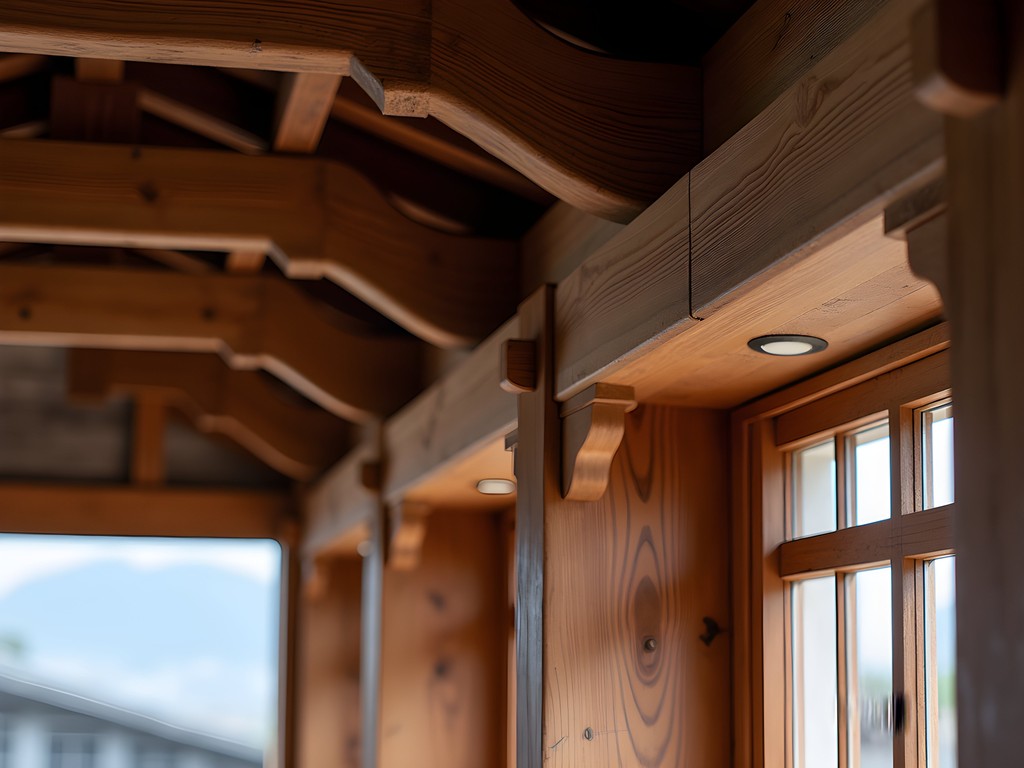
💡 Pro Tips
- Focus on the wooden joinery systems – they're engineering marvels that predated modern earthquake-resistant design
- Ask guides specific questions about restoration techniques – they often have specialized knowledge not in the standard tour script
- Bring binoculars to examine roof details and decorative elements up close
Royal Tombs: Engineering Eternity
The Royal Tombs of the Koryo Dynasty scattered across Kaesong's outskirts present a different kind of architectural marvel – one focused on permanence rather than the flexibility I observed in the wooden structures.
The most impressive is King Kongmin's Tomb, a pair of massive burial mounds for the 31st Koryo ruler and his Mongolian wife. As a builder, what fascinated me was the precision stonework of the retaining walls and staircases. These perfectly fitted granite blocks have remained aligned for over 600 years without mortar – a testament to the master stonecutters who created them.
I've worked with stone in restoration projects, and achieving this level of precision is extraordinarily difficult even with modern tools. The Koryo craftsmen used a combination of mathematical layout and hand-finishing techniques that created such tight joints that not even a knife blade can slip between stones.
The tombs' location was selected using traditional pungsu principles (similar to Chinese feng shui), nestled against a protective mountain with clear views across the valley. This integration of architecture with landscape is something I've studied in temple design across Southeast Asia, but here it takes on a distinctly Korean character.
Around the tombs stand stone guardians and officials – representations of the court that would serve the king in the afterlife. The weathering patterns on these figures tell stories of centuries exposed to Korea's harsh seasonal climate, yet their expressions remain stoic and dignified.
I spent an entire afternoon sketching the construction sequence I believe was used to create these tombs, from foundation preparation to the final placement of guardian figures. My waterproof field notebook proved invaluable during an unexpected spring shower that caught our group halfway through exploring the site.
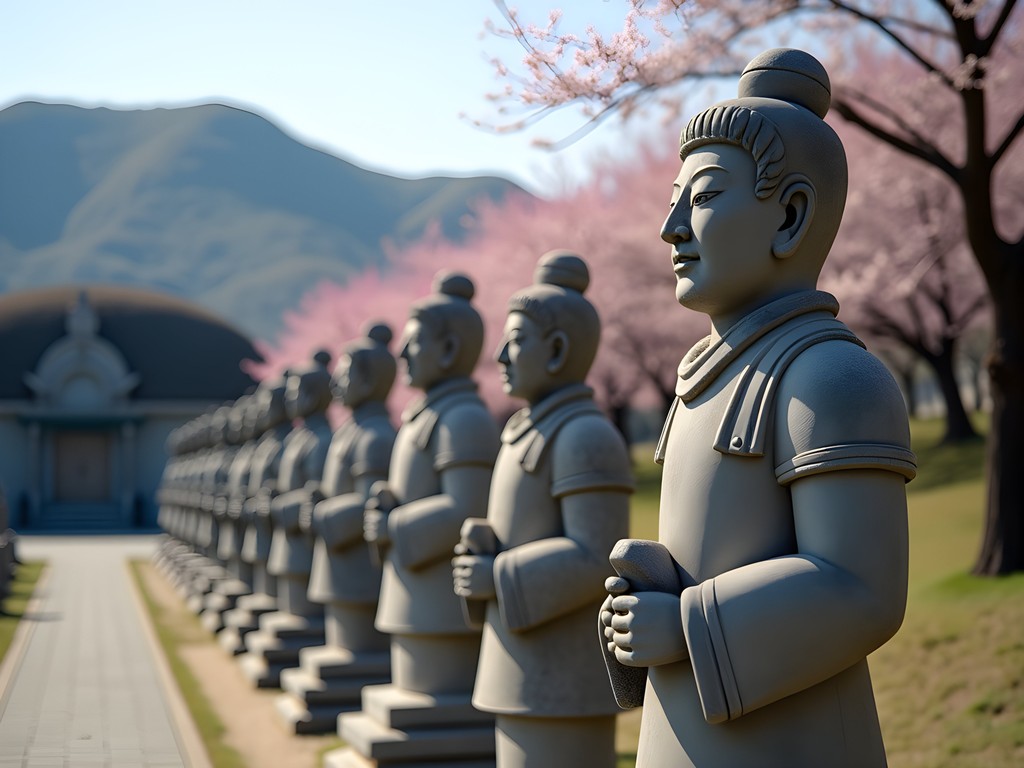
💡 Pro Tips
- Visit in morning light when the stone carvings show their details best
- Look for the subtle differences between various tomb guardian figures – they're not as identical as they first appear
- Bring comfortable hiking shoes – the tombs are spread across hilly terrain
Living Heritage: The Kaesong Folk Hotel Experience
While most North Korean tourism involves staying in modern, somewhat sterile hotels, Kaesong offers a rare exception – the Folk Hotel (Minsok Hotel), comprised of traditional Korean hanok houses arranged around courtyards. This wasn't just accommodation; it was a living architectural exhibit.
Each building in the complex is an authentic traditional Korean house, supposedly relocated from various parts of the region. As someone who's worked on historical relocations, I immediately began looking for evidence of this – finding telltale signs of disassembly and reconstruction in the wooden frames.
The rooms feature heated ondol floors, a traditional Korean underfloor heating system that predates modern radiant heating by centuries. Sleeping on the warm floor mats gave me insight into how these buildings functioned as complete environmental systems, using minimal fuel to maintain comfort through bitter Korean winters.
The most fascinating aspect for a builder was examining how the ondol system works. Hot air from a kitchen fire is channeled through stone flues beneath the floor before exiting through chimneys. It's remarkably efficient and creates a gentle, even heat. I spent one evening sketching the system's components after convincing our guide to show me the service areas normally off-limits to tourists.
While the accommodations are basic by western standards (shared bathrooms, firm floor mats for sleeping), they offer an unparalleled opportunity to experience historical Korean architecture as a living environment rather than just a museum piece. The property's gardens feature traditional layouts with carefully placed stones and native plants that complement the buildings.
Dinner at the Folk Hotel was served in a communal dining room, where we sat cross-legged on floor cushions while sampling local Kaesong specialties, including the famous Kaesong koryo insam (ginseng) products and a sweet rice drink that paired surprisingly well with the region's robust flavors.
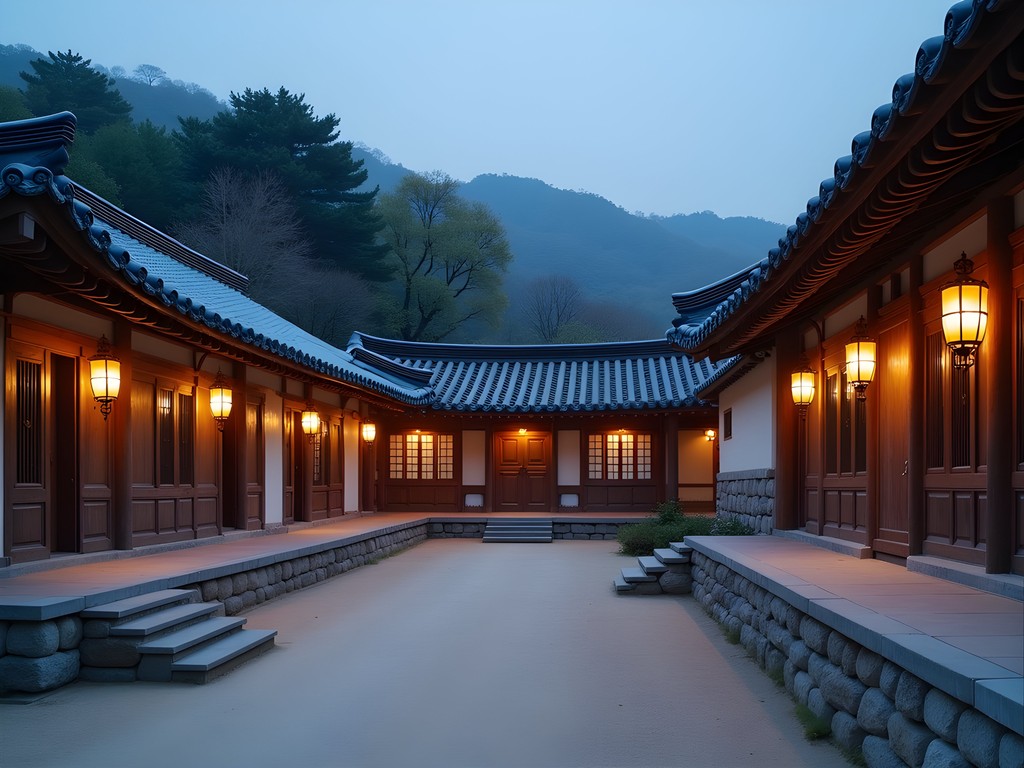
💡 Pro Tips
- Request a room facing the inner courtyard for the most authentic experience
- Bring a small flashlight for navigating the complex at night – lighting is minimal
- Pack warm sleeping clothes in spring – while the floor is heated, the air can be chilly
Beyond the Tourist Script: Finding Authentic Moments
Visiting North Korea means navigating a carefully choreographed experience. As someone who's traveled to over 40 countries documenting traditional construction techniques, I've developed strategies for finding authentic moments even in tightly controlled environments.
In Kaesong, these moments came through shared appreciation of craftsmanship. When I showed genuine interest in building techniques, our guides often went off-script, revealing deeper knowledge and personal connections to these historic sites.
One memorable exchange happened at Pakyon Waterfall outside Kaesong. While the group focused on the scenic view, I noticed an elderly groundskeeper repairing a traditional stone wall using techniques I recognized from New Zealand's early colonial structures. Despite our language barrier, we spent twenty minutes communicating through gestures about proper stone placement and balance. His weathered hands demonstrated techniques passed down through generations – the universal language of builders transcending political boundaries.
Another authentic connection came through sharing my own heritage. When I showed photos of Māori meeting houses and explained their construction methods, our guides became genuinely curious. This cultural exchange opened doors to more candid conversations about preservation challenges facing Kaesong's historic sites.
The city's Namdae Gate (the old southern entrance to Kaesong) became an unexpected highlight when we visited during a spring rain. While others sheltered, I examined how the wooden structure's deep eaves and elevated stone foundation have protected it from water damage for centuries. A local guide, noticing my interest, quietly shared that his grandfather had participated in its 1954 post-war restoration.
These small, human moments provided context impossible to get from guidebooks or official narratives. They reminded me that behind the formal façade of North Korean tourism are people with deep connections to their architectural heritage – not unlike the preservation communities I work with in New Mexico and Texas.
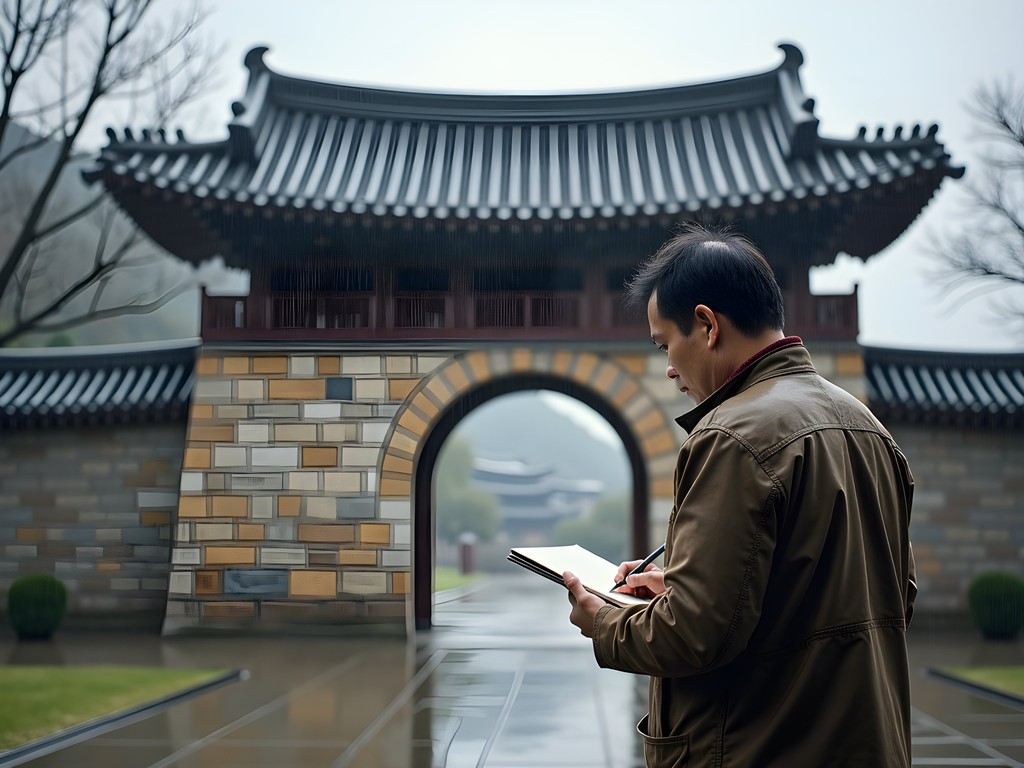
💡 Pro Tips
- Show genuine interest in specific details rather than asking broad political questions
- Bring photos of architecture from your own country as conversation starters
- Learn a few basic Korean phrases – even simple greetings can transform interactions
Final Thoughts
As our van crossed back into Pyongyang, leaving Kaesong's ancient treasures behind, I found myself reflecting on the layers of history embedded in those weathered stones and timbers. Beyond the political complexities of visiting North Korea lies a remarkable architectural heritage that deserves wider recognition. The craftsmen who built Kaesong's monuments seven centuries ago couldn't have imagined the divided peninsula of today, yet their work stands as testament to Korean cultural achievement that transcends modern borders. For those willing to navigate the challenges of visiting the DPRK, Kaesong offers rare insights into traditional Korean design principles largely untouched by modernization. As a builder who's spent his career learning the language of structures, I left with notebooks full of sketches, techniques, and details that continue to influence my restoration work back in Laredo. Kia ora to the silent masters whose hands shaped these enduring monuments – your lessons continue to teach across centuries and cultures.
✨ Key Takeaways
- Kaesong's UNESCO sites offer unparalleled insights into traditional Korean architecture and construction techniques
- Visiting requires advance planning through specialized tour operators with DPRK experience
- Focus on craftsmanship and cultural appreciation creates meaningful connections beyond political barriers
- The Folk Hotel provides a rare opportunity to experience traditional Korean living environments
📋 Practical Information
Best Time to Visit
April-May or September-October
Budget Estimate
$2,000-$3,000 for a week-long DPRK tour including Kaesong
Recommended Duration
1-2 days in Kaesong as part of a longer North Korea tour
Difficulty Level
Challenging

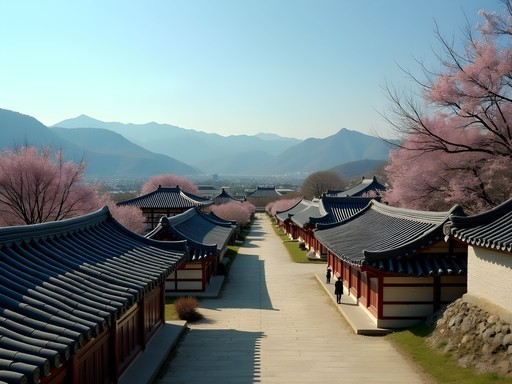
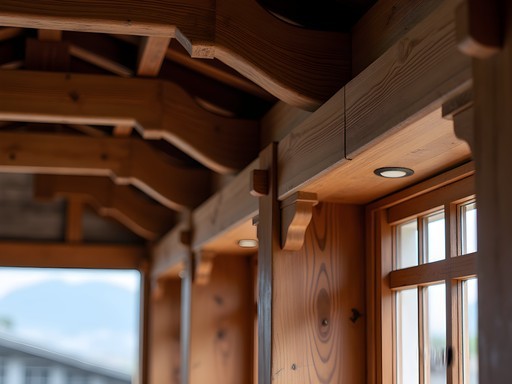
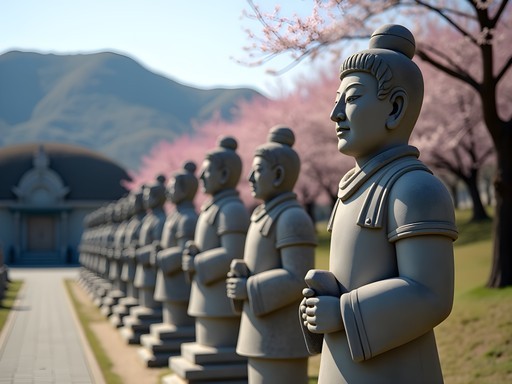
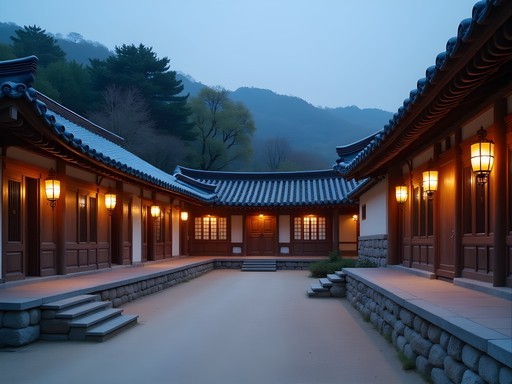
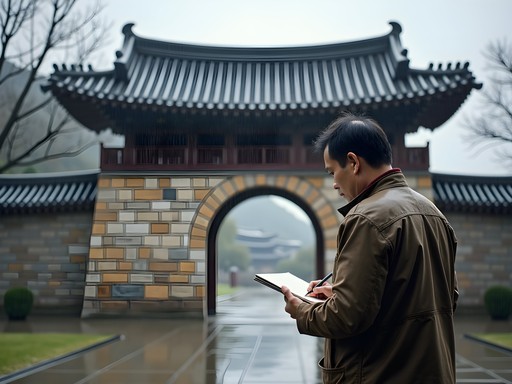


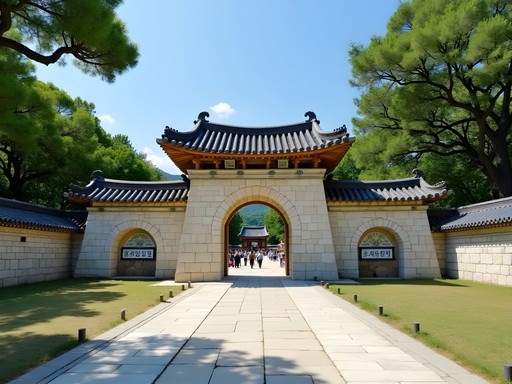







Comments
roammood
Bucket list destination for sure! 📸
mountainvibes
Just finished reading this and it brought back memories of my visit in 2023. The Kaesong Folk Hotel was such a unique experience! Those traditional sleeping mats were surprisingly comfortable, though the cold water situation was a bit of a shock. Did you try that special Kaesong ginseng chicken soup?
bluerider
Those photos of the royal tombs are AMAZING! I'm obsessed with ancient burial practices and these look so well-preserved. Did you use any special camera settings to get such clear shots in what I'm assuming were dimly lit areas?
Mason Fox
Thanks! I used my mirrorless camera with a wide aperture lens. The tombs are actually outside, so lighting wasn't an issue, but inside the museums was tricky - had to bump up the ISO and steady against walls since tripods weren't allowed.
redzone
How difficult was it to get approval to visit? I've always been intrigued by North Korea but heard the visa process is complicated.
Mason Fox
It takes patience! You need to book through an approved tour agency who handles all the paperwork. I used Koryo Tours and the process took about 2 months. You can't visit independently - only with a guided tour. The approval itself isn't difficult if you're not a journalist, but there's lots of paperwork.
adventurediver
Just incredible! The Koryo dynasty tombs look amazing and so well preserved. Your description of touching the ancient stonework gave me goosebumps. Definitely adding this to my bucket list destinations!
Taylor Moreau
Mason, brilliant piece on Kaesong. I visited last year during a business trip to the region and was equally impressed by the Koryo Dynasty craftsmanship. The attention to detail in those ancient structures is remarkable considering the tools available at the time. Your description of the Folk Hotel brought back memories - those traditional ondol heated floors were a fascinating experience! Did you find the guides particularly knowledgeable about the UNESCO aspects? Mine seemed more focused on the political narrative than the historical details.
Mason Fox
Thanks Taylor! My guides were actually quite knowledgeable about the historical aspects, especially regarding the Koryo period architecture. They seemed proud of the UNESCO designation. But you're right - political context was woven throughout. The Folk Hotel was definitely a highlight - glad you experienced those ondol floors too!
skychamp
Great post! The Kaesong Folk Hotel was such a unique experience - sleeping on those traditional floor mats was surprisingly comfortable. Did you notice how they cut the electricity at night though? Our whole group was fumbling around with phone flashlights! The royal tombs were the highlight for me - the engineering is mind-blowing considering when they were built. One thing I'd add for anyone planning to visit: photography rules change constantly. Sometimes you can take photos, sometimes not, and it's rarely explained why. Just roll with it and enjoy being present.
dreamone
Did you feel the tour was worth it despite all the restrictions?
skychamp
Absolutely. It's one of the few chances to see a UNESCO site that most people will never visit. Just go with zero expectations and an open mind.
sunsetace
Great post! I'm curious about the tour logistics - did you have much freedom to explore or was everything strictly supervised? Were you allowed to interact with locals at all?
Mason Fox
Thanks for asking! Everything was supervised with two guides and a driver. No wandering off on your own, but they were flexible with photo stops. Interactions with locals were limited to hotel staff and approved sites. The Folk Hotel gave the best glimpse into daily life, though conversations were always in the presence of guides.
sunsetace
That's what I figured. Still sounds like an incredible historical experience despite the limitations. Thanks for the insight!
wanderlustdiver
Wow, never thought I'd see such detailed photos from North Korea! The Sonjuk Bridge looks incredible. Thanks for sharing this hidden gem!
wavewalker
Was the food situation as bad as people say in North Korea? What did they serve you?
Mason Fox
The food for tourists was actually quite good! In Kaesong we had traditional meals with lots of small side dishes (banchan). The specialty is Kaesong ginseng chicken and sweet rice drink called sujeonggwa. Nothing like the food shortages you hear about - but we were on a strictly controlled tourist route.
wavewalker
That's interesting! Always wondered about the difference between tourist experience vs reality there.
Venture X
Premium card with 2X miles, $300 travel credit, Priority Pass